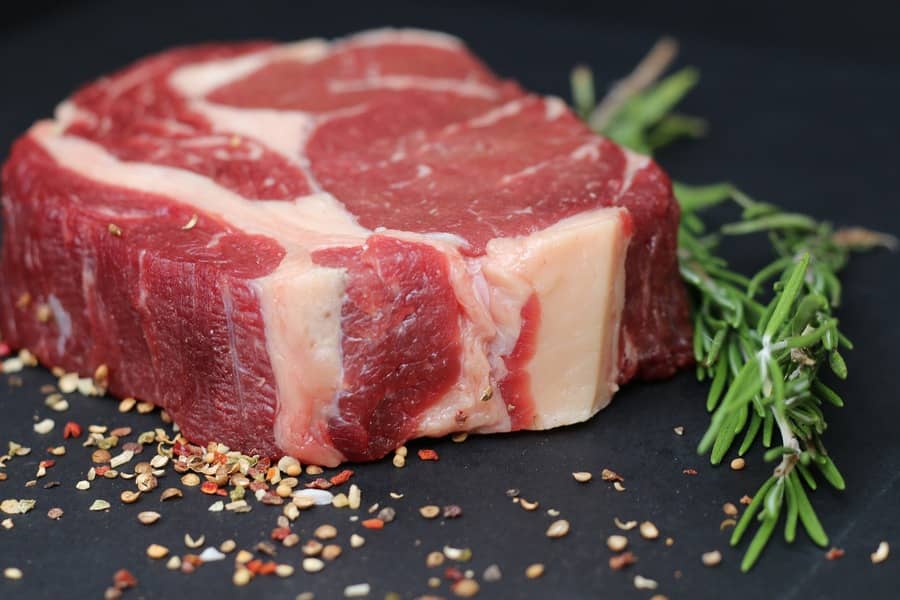Porto Alegre, February 8, 2023 – Despite starting 2023 under pressure, with falling prices of fattened cattle and beef in wholesale and retail, beef ended up losing competitiveness in the domestic market, especially when compared to chicken. The scenario of the main competing protein is more complicated, with strong signs of oversupply.
To understand this scenario, it is necessary to analyze some indicators in detail, starting with the placement of breeder chicks. Housing grew substantially last quarter. In November Brazil housed more than 603 mln chicks, while in December housing surpassed 615 mln chicks.
Last year, Brazil housed around 6.85 billion chicks, down 1.14% from 2021. Some problems involving Brazilian matrices had a negative impact on the numbers, especially during the first half. However, around 1.8 billion chicks were housed last quarter, compared to 1.76 billion in the last quarter of 2021, up 2.4%. It is important to mention that the basic function of housing during this period is meeting chicken demand during the first quarter, a period of historically lower demand for consumption.
The expectation of the chicken industry was that Brazil would export over 400 thousand tons of chicken a month between January and March, which seems unlikely given the resumption of Ukrainian exports, feeding the European continent via road transport. The recent currency appreciation also negatively affected chicken numbers, impacting export earnings at the time of conversion. Domestic demand also slowed down at the beginning of the year. The seasonal component has great weight in this scenario. The first two months of the year is a period marked by a depressed demand, considering traditional expenses, such as the purchase of school supplies and municipal and state taxes.
That is, the Brazilian chicken industry starts 2023 with a large volume of supply in the midst of depressed demand, especially in the domestic market. As a result, prices plummet, mainly in the wholesale market. Animal feedstuff costs are also an issue at the moment, as corn and soymeal remain inflated. Therefore, the operating margin is negative in much of the country.
However, chicken has a great advantage over competing proteins. The chicken farming cycle is shorter, so the sector can adjust to the market challenges, such as depressed demand and high costs, which in 2023 are occurring simultaneously.
Cutting housing would be beneficial and tackle both problems. At first, cutting housing would reduce corn and soymeal consumption, helping to mitigate the effects of rising costs. Later, the cut in housing would translate into a lower chicken supply, adjusting production to the real consumption in the first half of the year. However, no matter how fast this strategy is, it will only have a more apparent effect from April, and until then it is most likely that the sector continues with negative margins.
The difficult scenario of the chicken industry ends up hindering the price formation of competing proteins. At a time when the population is undercapitalized, it is quite logical that a large portion of consumers opt for products that have less impact on average income, and it is precisely in this aspect that chicken fits. In the exchange ratio, chicken is three times more affordable than beef hindquarters, around 2.16 times more affordable than beef forequarters, and just over 1.17 times more affordable than pork carcass.
Beef also opens the year with a sharp decline in wholesale prices, especially in beef forequarter. Between December and January, there was a decline of more than 8%, the average price of forequarter in January was BRL 14.21 per kilogram. Hindquarter fell by just over 5.3%, quoted at BRL 20.10 at the end of January. Pork carcass was the only cut to show a price improvement compared to December, at BRL 11.22 per kilogram, but a decline in prices at the end of January is already evident, which is understandable in view of the scenario of its big competitors.
The year 2023 began with major challenges for the meat industry. In order to balance accounts, it is necessary to understand demand, mainly the one related to exports, and make production adjustments to adapt to the current cost structure. In the case of chicken farming, reducing production is simpler, since the other activities will have greater difficulties in this process.
Follow the Safras Agency on our website. Also follow us on our Instagram and Twitter and stay on top of the main agribusiness news!
Copyright 2023 – Grupo CMA

